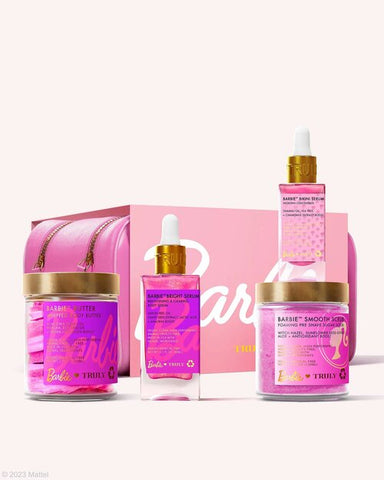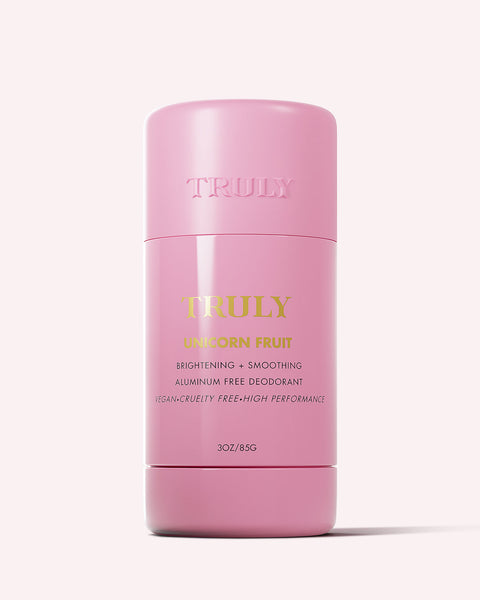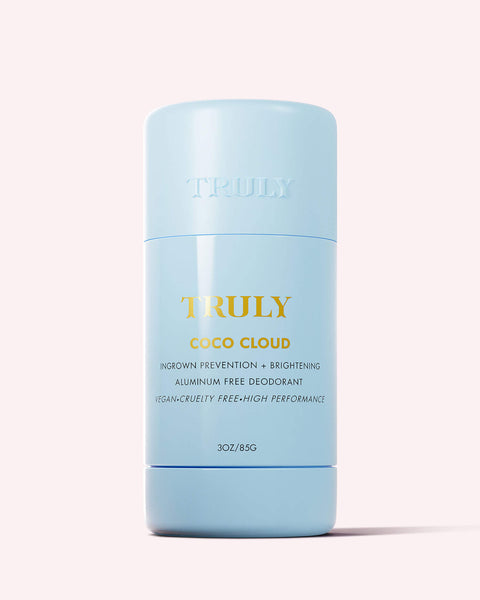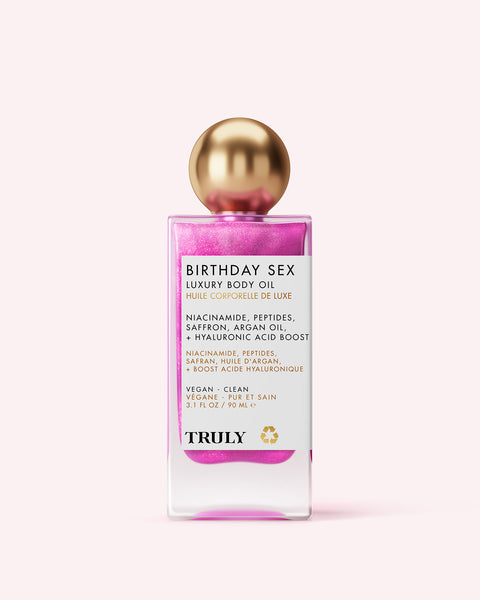Can You Use Salicylic Acid with Retinol?

Both have their benefits, but can you use salicylic acid with retinol? If you’re looking to combat acne, retinol and salicylic acid are both effective ingredients for unclogging pores, renewing skin cells, and preventing future breakouts.
The question is, can you use retinol with salicylic acid? Here’s everything you should know about using retinol and salicylic acid together and whether or not it’s safe.
What is Salicylic Acid?
Salicylic acid is a beta hydroxy acid (BHA) derived from willow bark trees. It’s an oil soluble chemical exfoliant, which means it can penetrate deep into the skin and remove dead skin cells, excess sebum, and impurities which lead to acne.
Salicylic acid is commonly used for the treatment of acne. By sloughing away dead cells and breaking down excess oil, it helps to decongest the pores, clarify blemishes, and prevent future breakouts from forming.
Whether you’re dealing with blackheads, whiteheads, or pimples, salicylic acid can be an effective treatment for clearing up your skin. You’ll find it in everything from cleansers to toners and spot treatments.
What is Retinol?
Retinol is a topical form of vitamin A and a potent antioxidant. While it’s mostly known for its ability to slow down skin aging, retinol can also combat acne. It works to speed up cell turnover, encouraging new cells to replace old cells. As a result, retinol prevents the buildup of dead cells from clogging up your pores and ultimately, triggering breakouts.
Alongside its acne-clearing abilities, retinol is renowned for its anti-aging superpowers. By boosting collagen production and restoring elasticity, retinol works to soften the appearance of fine lines while plumping, brightening, and firming the skin.
Between its cell renewing and collagen-boosting effects, retinol can treat a number of skin concerns including acne, hyperpigmentation, and fine lines and wrinkles. It’s an excellent ingredient for improving skin tone and skin texture.
Can You Use Salicylic Acid with Retinol?
According to dermatologists, salicylic acid and retinol can be used in the same skincare routine. However, you must apply them correctly in order to avoid skin irritation.
Retinol and salicylic acid are both potent active ingredients, which is why it’s important to take precautions before combining them. While using salicylic acid and retinol together can be an effective way to treat acne, it may lead to dryness and redness when used too frequently.
That being said, using them simultaneously can boost the benefits of each. For instance, exfoliating with salicylic acid can enable retinol to penetrate deeper, maximizing its effects.
Can you use salicylic acid with retinol? You can, but make sure you do it properly. Applying salicylic acid first will remove the buildup of dead skin cells and allow retinol to absorb better, thus boosting its firming and smoothing benefits.
If you have dry or sensitive skin, it may be best to use salicylic acid in your morning routine and retinol in your evening routine. However, if you’re not experiencing any side effects from mixing retinol and salicylic acid, such as dryness, flaking, redness, etc, there’s no reason why you can’t continue using them together.
How to Use Salicylic Acid and Retinol Together

Can I mix retinol with salicylic acid? It’s generally not recommended to apply salicylic acid and retinol at the same time. Since they’re both powerful skincare ingredients, mixing them together can lead to irritation. However, you can definitely use them together in your daily skincare routine. Here’s how.
1. AM: Salicylic Acid, PM: Retinol
For best results, the derms recommend using salicylic acid during the day and retinol at night. SA in the morning to buff away dead cells and buildup–and allow other skincare products to absorb more effectively. Retinol in the evening for two reasons: 1. It can make skin more sensitive to the sun and 2. Some retinoids are photolabile, which means they can break down when exposed to the sun, making them less effective.
That being said, salicylic acid can also cause you to be more sensitive in the sun. For that reason, make sure you slather on the sunscreen straight after using. This’ll protect your skin against UV rays which can cause premature signs of aging and skin cancer. Always wear sunscreen every day–with SPF 30 or higher.
2. Try Skin Cycling
Especially if you have sensitive skin, skin cycling might be your best option for using retinol and salicylic acid together. Skin cycling is a technique which involves using two active ingredients on alternate days.
For instance, night one would be exfoliation night. This means using a salicylic acid cleanser to slough off dead skin cells and prep skin for retinol use the following day. Night two is retinoid night. On this evening, apply your retinol serum or cream. Nights three and four are your recovery nights. These rest days give your skin a chance to recover before you repeat the process.
3. Buffer
Can you use salicylic acid with retinol? You can use them together if your skin can handle it. However, to prevent irritation, try the buffering technique. Apply salicylic acid first, wait for it to dry, and then apply a layer of moisturizer before applying retinol. This “buffering” technique can help reduce the potential for irritation caused by retinol.
When combining retinol and salicylic acid, make sure you pay close attention to how your skin reacts. If you experience redness, flaking, dryness, or burning, try using SA in the morning and retinol in the evening. Alternatively, consider skin cycling which will give your skin a better chance of adjusting to both ingredients.
Best Salicylic Acid Products
Truly’s Bodne Routine
SHOP NOW
Truly’s Boobne Routine
SHOP NOW
Trulys Barbie™ Dream Bundle
SHOP NOW
Best Retinol Products
Truly’s Vegan Collagen Booster Set
SHOP NOW
Truly’s KP Treatment Routine
SHOP NOW
Truly’s Dulce De Leches Routine
SHOP NOW
FAQ
Do You Use Retinol Before or After Salicylic Acid?
It’s best to use salicylic acid before retinol. This is because salicylic acid exfoliates the skin. By removing the buildup of dead cells, it enables retinol to better penetrate the skin and ultimately work harder.
Can You Use Salicylic Acid with Retinol at Night?
You can use both ingredients at night. However, it’s a good idea to use the “buffering” technique in which you apply a layer of moisturizer after SA and before retinol. Generally speaking, the best way to use retinol with salicylic acid is applying SA in the morning and retinol in the evening.
How Long to Wait Between Salicylic Acid and Retinol?
To avoid irritation, it’s best to avoid using retinol and salicylic acid in the same sitting. The experts advise using salicylic acid in the morning and applying retinol at night. If you have dry or sensitive skin, try using them on different nights.
Are Retinol and Salicylic Acid Good for Acne-Prone Skin?
Both these ingredients can be effective for oily skin and acne-prone skin. Together, they work to buff away dead cells and speed up cellular turnover, which both help to unclog pores and clarify blemishes. All skin types can benefit from these ingredients. Those with dry skin and sensitive skin, however, should use with caution to avoid irritation.
Can you use salicylic acid with retinol? Both are powerhouse ingredients that are effective at targeting acne, as well as other issues like fine lines, dark spots, and discoloration. While they can be used in the same skincare routine, dermatologists agree that it’s best to use salicylic acid products in the morning and retinol products at night.
Wanna get rid of acne? Watch this tutorial featuring some of the products mentioned above:





























































